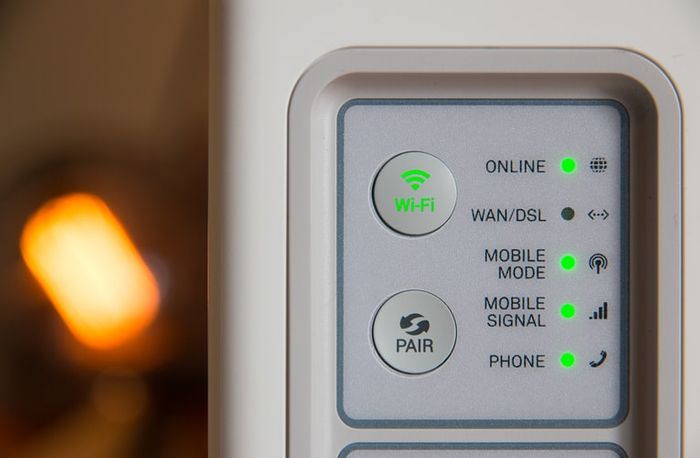Difference between DSL and ADSL

Broadband internet is the most widely used form of Internet connection because of its efficiency and high speed. DSL is the generic term for Digital Subscriber Line Services while ADSL is just one of its types. DSL (Digital Subscriber Line) denotes an internet that uses digital connections between a modem and a phone line. ADSL means Asymmetrical Digital Subscriber Line where the speed of data sent is known as upstream and data received is known as downstream. Both are internet high-speed connections that can work on your existing telephone line. There is no need to upgrade your telephone connection for using both these types of services. Apart from this, both DSL and ADSL do not interfere with your telephone service and can be used simultaneously without any issues.
ADSL allows you to download data faster than upload and hence it is called ‘asymmetric. Generally, while using the internet, you are likely to download more information than uploading. DSL connection works by utilizing the unused wires in your telephone network to transmit signals. The copper wires that are designed for voice signals can also carry a significant amount of bandwidth. DSL and ADSL will not affect your telephone service because some of the wires are used to transmit voice signals while others are used to transmit digital signals. ADSL uses a special modem and a micro-filter in the subscriber’s telephone line to transmit data.
When you are working on an ADSL connection, your computer will always be connected to the internet as long as the power is on. Once you switch on the computer, it will get connected to the internet automatically unless you manually disconnect it. The speed and availability of your DSL service may depend on the distance from your home or business to the nearby telephone office. Speed can be slow in outer urban, warm out copper lines and neighbourhood traffic can also affect broadband speeds.
ADSL is primarily subscribed by residential customers who receive ample data but do not send as much. Internet service providers also offer options of higher bandwidth for upload and download or both. But a higher speed will come at higher rates.

